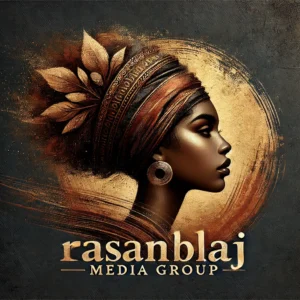A people who moved like rivers, flowing northward from Venezuela, carrying cassava, pottery, and their own way of seeing the world. They left their fingerprints in the clay of Puerto Rico, in the islands where trade and time blurred identities. Their legacy, like so many, is written in what remains.
The Barrancoid people are known to history not by their own name, but by the name given to the land where their remnants were first unearthed—Barrancas, a site that sits on the lower banks of the Orinoco River in what is now Venezuela. They were not the first, not the originators of all things, but they were the inheritors, the ones who took what came before and made it their own. Their world formed from the deep, timeworn currents of the Saladoid tradition, that lineage of makers, of cultivators, of people who knew how to carve a life out of the land and leave behind something that spoke of their existence.
By 1500 to 1000 B.C., the Barrancoids were on the move. Maybe they went looking for new land, maybe they were pushed forward by forces unseen, maybe they simply did what humans have always done—spread, adapt, survive. They moved northward, to the Orinoco River delta, pushing past or perhaps overtaking other Saladoid communities that stood in their way. The water was no barrier. They sailed beyond it, past the familiar edges of their world, past the known shores of the continent, and into the Caribbean, where they reached as far as Puerto Rico, carrying with them the memory of where they had been and the tools to shape where they were going.
Like the Saladoids, they cultivated cassava, the crop that would root itself in the Caribbean long after their own names were lost. They made pottery, shaping the earth into something useful, something lasting. And they lived in villages, places where people gathered, where stories were passed down, where children grew up knowing that the land, if worked well, would provide.
But here is where it becomes clear that they were not just settlers, not just farmers keeping to themselves in isolated pockets. Barrancoid pottery has been found scattered across Cedrosan Saladoid sites in Trinidad and Tobago, dating to around A.D. 350. This was not coincidence. This was trade. This was movement. This was proof that the world they lived in was connected, that these people did not merely plant their feet and wait for history to happen to them. They were part of something larger, something fluid.
The Barrancoids did not stay still. They built, they sailed, they exchanged. They were not a people waiting to be discovered, waiting to be named. They were living, working, shaping the world they knew. And long after they were gone, after their names had faded, what they left behind would remain—the pottery, the crops, the traces of a people who moved, who touched the land and left something of themselves in it.
